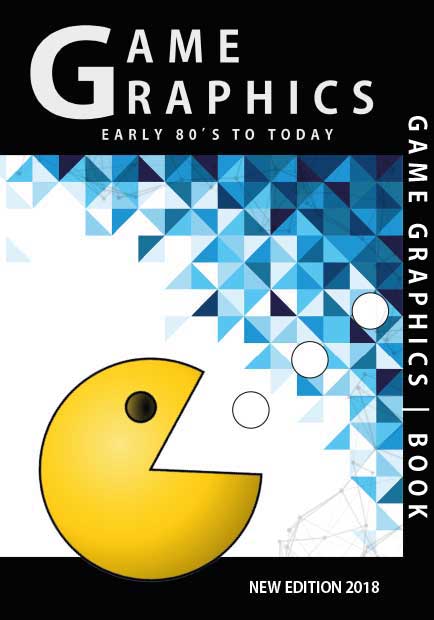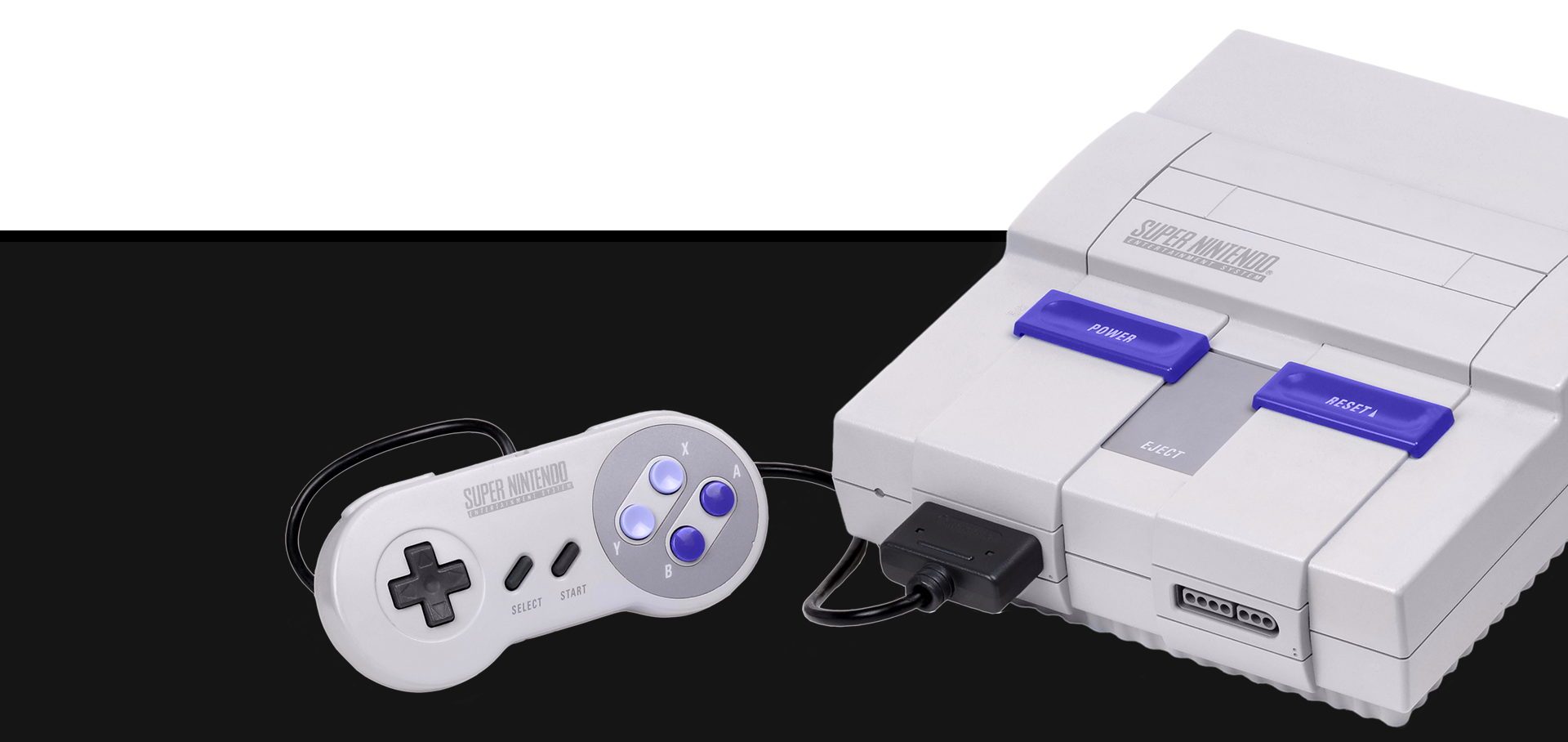
The side-scrolling format is also popular among beat 'em ups, such as the popular Battletoads series. Side-scrolling is sometimes used in certain role-playing video games such as the 2D Castlevania: Symphony of the Night or the Korean MMORPG MapleStory. Often in beat 'em ups the screen will scroll to a certain point then stop and require the enemies on screen to be defeated before it moves on.
Another popular use of the side-scrolling format is in the Shooter genre, typified by games like R-type, and more recently Jets'n'Guns. In this game style the player usually starts with a basic ship that flies from left to right and acquires Power-ups that allow them to face an ever increasing horde of enemies. The popularity of this genre traces its roots back to such fast-paced games as Defender.
With video games that use side-scrolling, often the screen will scroll forward following the speed and direction of the player character, and can also scroll backwards to previously visited parts of a stage. In other games or stages the screen will follow the player character but only scroll forwards, not backwards, so once something has passed off the back of the screen it can no longer be visited. Some games have stages where the screen scrolls forward by itself at a steady rate, and the player must keep up with the screen, attempting to avoid obstacles and collect things before they pass off screen. The screen in shoot 'em ups such as R-type often side-scrolls by itself in such a way. The Mario series has used all of three of these different ways of side-scrolling.
A common use of the side-scrolling format is in the platform game genre. Platform games are action games that feature jumping, climbing, and running through many diverse levels. Games such as Super Mario Bros. are among the most famous side-scrollers of this type.

Games utilizing parallel projection typically make use of two-dimensional bitmap graphics as opposed to 3D-rendered triangle-based geometry, allowing developers to create large, complex gameworlds efficiently and with relatively few art assets by dividing the art into sprites or tiles and reusing them repeatedly.
Top-down perspective, also sometimes referred to as bird's-eye view, Overworld, overhead view or helicopter view, when used in video games refers to a camera angle that shows the player and the area around them from above. While not exclusive to video games that utilise parallel projection, it was at one time common in 2D role playing video games, wargames and construction and management simulation games such as SimCity, Pokémon, and Railroad Tycoon, as well as in action and action-adventure games such as the majority of The Legend of Zelda games and early Grand Theft Auto games.

